Primary Battery Technology
A comprehensive guide to non-rechargeable battery systems and their applications in modern technology
Primary Batteries: Concept and Classification
Primary batteries, also known as non-rechargeable batteries, are electrochemical cells that convert chemical energy into electrical energy through irreversible chemical reactions. Unlike secondary batteries, which can be recharged and reused multiple times, primary batteries are designed for single-use applications, making them essential components in various battery systems where recharging is impractical or impossible.
The fundamental concept behind primary batteries involves two electrodes (anode and cathode) immersed in an electrolyte. When a load is connected between the electrodes, a chemical reaction occurs, causing electrons to flow from the anode to the cathode through the external circuit, creating an electric current. Once the active materials in the battery are consumed, the chemical reaction cannot be reversed, rendering the battery inactive.
Classification of Primary Batteries
Primary batteries can be classified based on several criteria, including their chemical composition, shape, and application. The most common classification is based on the active materials used in their construction:
- Zinc-based batteries: These include zinc-carbon, zinc-chloride, and zinc-alkaline systems, which are among the most widely used battery systems in consumer electronics.
- Alkaline batteries: Characterized by their alkaline electrolyte, typically potassium hydroxide, these offer higher energy density than traditional zinc-carbon batteries.
- Mercury batteries: Featuring zinc anodes and mercuric oxide cathodes, these provide stable voltage output but are being phased out due to environmental concerns.
- Silver oxide batteries: Utilizing silver oxide as the cathode material, these offer high energy density and are commonly used in small devices like watches and hearing aids.
- Lithium batteries: Including various chemistries such as lithium-iron disulfide and lithium-manganese dioxide, these battery systems provide excellent performance in extreme temperatures and have long shelf lives.
- Reserve batteries: Designed to be activated only when needed, these batteries store their components separately until use, offering extremely long shelf lives.
Another classification method is based on form factor, which includes cylindrical, button, coin, and rectangular batteries. Each form factor is optimized for specific applications, from small electronic devices to large-scale industrial uses.
Primary batteries play a crucial role in modern battery systems, providing reliable power for devices such as remote controls, flashlights, smoke detectors, medical devices, and military equipment. Their portability, convenience, and ability to deliver consistent power make them indispensable in today's technology-driven world.
Primary Battery Classification
Distribution of primary battery types in global battery systems market (2023)
Key Characteristics of Primary Batteries
Single-Use Design
Cannot be recharged and must be replaced once depleted
Long Shelf Life
Can be stored for years without significant capacity loss
Low Self-Discharge
Maintains charge when not in use for extended periods
Compact Size
Available in various form factors for diverse applications
Instant Activation
Provide power immediately upon connection to a circuit
Cost-Effective
Lower initial cost compared to rechargeable battery systems
Zinc-Manganese Batteries
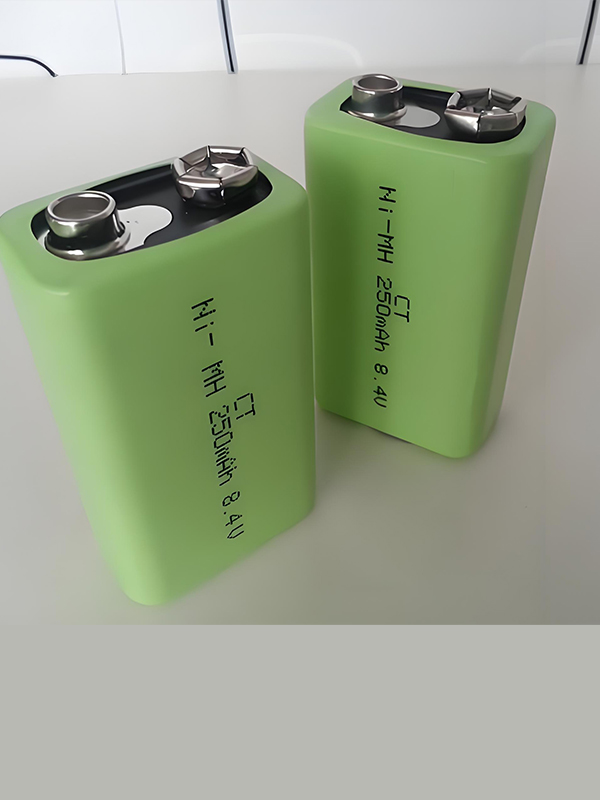
Zinc-manganese battery cross-section showing internal structure
Zinc-manganese batteries, also known as zinc-carbon batteries, represent one of the oldest and most widely used primary battery systems in the world. Developed in the late 19th century, these batteries have evolved significantly while maintaining their position as a cost-effective power source for numerous applications.
Chemical Composition and Working Principle
The basic structure of a zinc-manganese battery consists of several key components working together in the battery system:
- Anode: A zinc can that serves as both the negative electrode and the container for the battery
- Cathode: A mixture of manganese dioxide (MnO₂) and carbon powder, forming the positive electrode
- Electrolyte: An aqueous solution of ammonium chloride (NH₄Cl) and zinc chloride (ZnCl₂)
- Separator: A porous material that prevents direct contact between electrodes while allowing ion flow
- Current collector: A carbon rod (graphite) that conducts electrons from the cathode to the external circuit
During discharge, the zinc anode undergoes oxidation, releasing electrons and zinc ions: Zn → Zn²⁺ + 2e⁻. These electrons flow through the external circuit, providing electrical energy. At the cathode, manganese dioxide is reduced in the presence of ammonium ions from the electrolyte: 2MnO₂ + 2NH₄⁺ + 2e⁻ → Mn₂O₃ + 2NH₃ + H₂O. The zinc ions migrate through the electrolyte to the cathode, completing the circuit.
Types of Zinc-Manganese Batteries
There are several variations of zinc-manganese battery systems, each with distinct characteristics:
Leclanché Cell
The original zinc-carbon design using ammonium chloride electrolyte, offering moderate capacity and discharge rates.
Zinc-Chloride Cell
An improved version with higher zinc chloride content, providing better performance at low temperatures and higher discharge rates.
Heavy-Duty Batteries
Contain more active materials and modified electrolytes for extended service life in moderate drain applications.
Extra-Heavy-Duty
Feature further enhancements for better performance in both low and moderate drain devices compared to standard battery systems.
Performance Characteristics
Zinc-manganese battery systems exhibit specific performance traits that make them suitable for particular applications:
-
Voltage: Nominal voltage of 1.5V per cell, with a gradual decrease during discharge
-
Discharge Characteristics: Better suited for low to moderate drain applications; performance declines under high current demands
-
Temperature Range: Operates effectively between 0°C and 40°C (32°F to 104°F), with reduced performance at extreme temperatures
-
Shelf Life: Typically 2-5 years under proper storage conditions (cool, dry environments)
-
Energy Density: Lower than alkaline batteries, generally 80-120 Wh/kg
Typical Discharge Curve
Voltage vs. discharge time for zinc-manganese battery systems under different load conditions
Applications and Environmental Considerations
Zinc-manganese battery systems find widespread use in various low to moderate drain devices due to their affordability and availability:
Remote controls
Flashlights
Calculators
Clocks and timers
Low-power toys
Portable radios
From an environmental perspective, modern zinc-manganese battery systems contain significantly less mercury than older designs, typically less than 0.0001% by weight. This reduction has been crucial in minimizing environmental impact during disposal.
While zinc and manganese are relatively non-toxic compared to other battery chemistries, proper recycling is still recommended to recover valuable materials and prevent potential soil and water contamination. Many regions have established recycling programs specifically for these common battery systems.
Despite facing competition from alkaline and lithium-based batteries, zinc-manganese battery systems continue to maintain a strong market presence due to their low cost, reliability, and suitability for many everyday applications where high performance is not critical.
Zinc-Mercury Oxide Batteries
Zinc-mercury oxide batteries, also known as mercuric oxide batteries, represent a specialized type of primary battery systems that were once highly valued for their stable voltage output and long service life. These batteries utilize zinc as the anode and mercuric oxide (HgO) as the cathode, with an alkaline electrolyte facilitating ion movement between the electrodes.
Electrochemical Principles
The operation of zinc-mercury oxide battery systems relies on well-understood electrochemical reactions that produce a consistent voltage throughout most of the discharge cycle. The anode reaction involves the oxidation of zinc in the alkaline electrolyte:
At the cathode, mercuric oxide undergoes reduction in the presence of water:
The overall cell reaction combines these two processes:
This reaction produces a nominal cell voltage of 1.35V, which remains remarkably stable throughout most of the discharge cycle—one of the key advantages of these battery systems. The alkaline electrolyte, typically potassium hydroxide (KOH), remains relatively unchanged during discharge, contributing to the battery's stable performance.
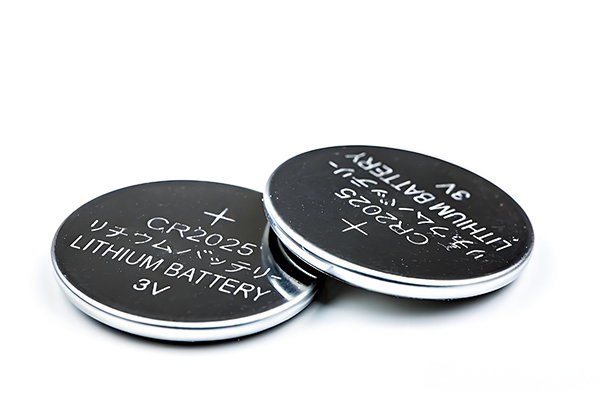
Key Performance Metrics
Construction and Design Variations
Zinc-mercury oxide battery systems were primarily produced in two main configurations to serve different application requirements:
Button/Coin Cells
The most common form of zinc-mercury oxide batteries, these small, flat cells featured:
- Zinc can as anode (negative terminal)
- Mercuric oxide mixed with graphite as cathode
- Potassium hydroxide electrolyte absorbed in a separator
- Stainless steel or nickel-plated steel casing
- Sizes ranging from 5mm to 25mm in diameter
Cylindrical Cells
Less common larger format batteries designed for higher capacity needs:
- Central zinc rod as anode
- Mercuric oxide cathode surrounding the anode
- Alkaline electrolyte with porous separators
- Steel casing as positive terminal
- Available in standard sizes like AA, C, and D
A key design feature of these battery systems was the addition of a small amount of mercury (typically 3-5% by weight) to the zinc anode. This mercury formed an amalgam with the zinc, preventing the formation of hydrogen gas during discharge—a process known as polarization. This amalgamation significantly reduced self-discharge and improved shelf life, making these batteries particularly reliable for critical applications.
Historical Applications and Environmental Concerns
At their peak, zinc-mercury oxide battery systems were highly prized for applications requiring stable voltage and long service life. These included:
Medical Devices
Pacemakers, hearing aids, and medical monitors where consistent power was critical
Precision Instruments
Voltmeters, oscilloscopes, and scientific equipment requiring stable reference voltage
Communication Devices
Emergency radios, military communication equipment, and navigation aids
Consumer Electronics
Watches, cameras, calculators, and early portable electronic devices
However, the environmental and health hazards associated with mercury led to significant restrictions on these battery systems. Mercury is a toxic heavy metal that can cause severe neurological damage in humans and animals, and it persists in the environment for decades.
As a result, many countries implemented bans or strict regulations on mercury-containing batteries beginning in the 1990s and continuing into the 21st century. The European Union's Battery Directive (2006/66/EC) effectively phased out most mercury-based battery systems, limiting mercury content to 0.0005% by weight in most applications.
Replacement Technologies
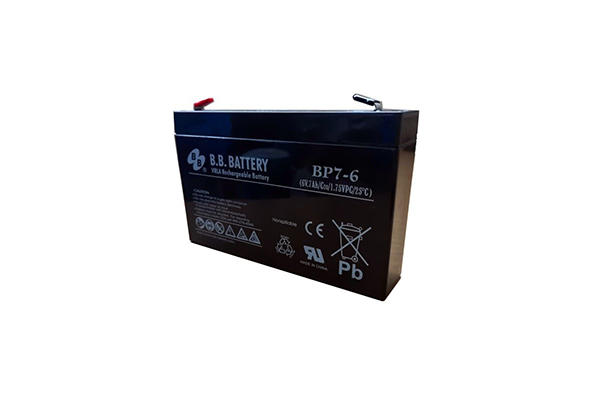
As zinc-mercury oxide battery systems were phased out, several alternative technologies emerged to replace them:
- Silver oxide batteries: Offering similar voltage stability with higher energy density
- Lithium batteries: Providing longer service life and better performance in extreme conditions
- Alkaline batteries: Serving as a lower-cost alternative for less demanding applications
- Rechargeable battery systems: Including nickel-metal hydride and lithium-ion for applications where recharging is feasible
Current Status and Legacy
Today, zinc-mercury oxide battery systems are largely obsolete in consumer applications, though limited production continues for specialized medical and military uses under strict regulations. Their legacy lives on in the development of modern battery technologies that seek to replicate their performance advantages without the environmental drawbacks.
The phase-out of mercury batteries represents a significant success in environmental protection, demonstrating how industry and regulation can work together to address environmental concerns while promoting innovation in battery systems technology.
Zinc-Silver Oxide Batteries
Zinc-silver oxide batteries represent a high-performance category of primary battery systems that offer exceptional energy density, stable voltage output, and reliable performance. These batteries utilize zinc as the anode and silver oxide (Ag₂O or AgO) as the cathode, with an alkaline electrolyte, typically potassium hydroxide (KOH), facilitating ion transport between the electrodes.
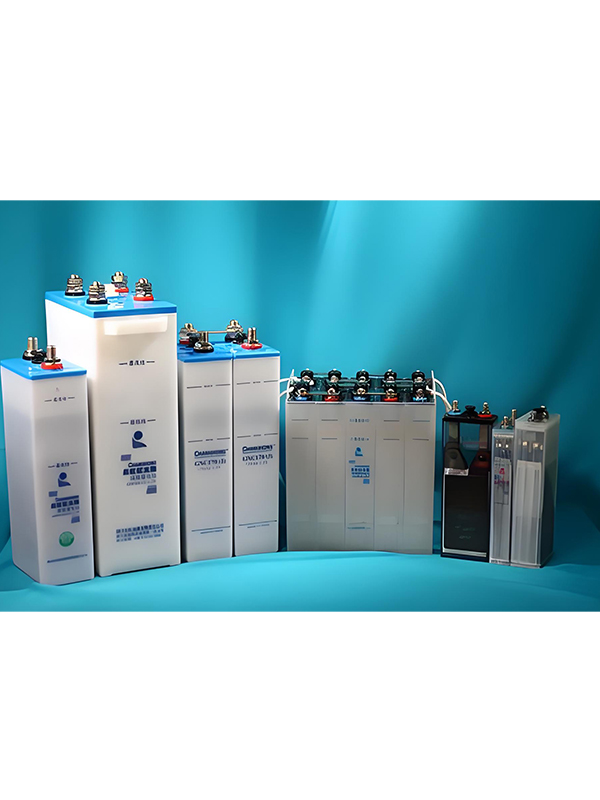
Advantages of Silver Oxide Battery Systems
- Exceptionally stable voltage output (1.55V nominal)
- High energy density (250-500 Wh/kg)
- Long service life under light loads
- Excellent performance at low temperatures
- Low self-discharge rate (5-10% per year)
Electrochemical Reactions and Performance
The superior performance of zinc-silver oxide battery systems stems from their efficient electrochemical reactions. During discharge, the zinc anode undergoes oxidation in the alkaline electrolyte:
At the cathode, silver oxide is reduced. The exact reaction depends on whether silver(I) oxide (Ag₂O) or silver(II) oxide (AgO) is used:
These reactions produce a nominal cell voltage of 1.55V for Ag₂O and 1.6V for AgO-based systems. A key advantage of these battery systems is their extremely flat discharge curve—voltage remains nearly constant (within 5-10%) throughout most of the discharge cycle, only dropping significantly when the battery is nearly depleted.
Construction and Design
Zinc-silver oxide battery systems are primarily manufactured in button or coin cell configurations, optimized for small, portable devices. Their construction features:
- Anode: Zinc powder or foil, often amalgamated with a small amount of mercury (less than 1%) to reduce hydrogen gas formation
- Cathode: Compressed silver oxide mixed with graphite to improve conductivity
- Electrolyte: Aqueous potassium hydroxide (KOH) solution, often absorbed in a porous separator material
- Separator: Non-woven fabric or cellophane that prevents short circuits while allowing ion flow
- Case: Nickel-plated steel or stainless steel, with the positive terminal typically on the top and negative on the bottom
- Sealing: Insulating gasket (usually nylon or polypropylene) to prevent electrolyte leakage
While most common in button cell form, zinc-silver oxide battery systems are also produced in larger cylindrical configurations for specialized applications requiring higher capacity. These larger cells often feature multiple electrodes stacked or wound to increase energy output while maintaining the advantages of the chemistry.
Performance Characteristics
| Characteristic | Specification | Comparison to Other Systems |
|---|---|---|
| Nominal Voltage | 1.55V (Ag₂O), 1.6V (AgO) | Higher than zinc-carbon (1.5V) |
| Energy Density | 250-500 Wh/kg | 2-3x higher than standard alkaline |
| Operating Temperature | -30°C to 60°C (-22°F to 140°F) | Superior to most primary systems |
| Shelf Life | 5-10 years | Among the longest for primary batteries |
| Self-Discharge Rate | 5-10% per year | Significantly lower than alkaline |
Applications of Zinc-Silver Oxide Battery Systems
The unique combination of high energy density, stable voltage, and long service life makes zinc-silver oxide battery systems ideal for specific applications where these characteristics are critical despite their higher cost compared to other primary batteries.

Watches and Timepieces
Their small size, stable voltage, and long life make them perfect for analog and digital watches, providing reliable power for 2-5 years.
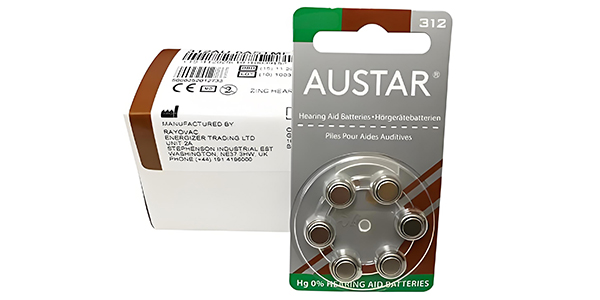
Hearing Aids
The high energy density and stable output are crucial for these small, power-sensitive medical devices requiring consistent performance.
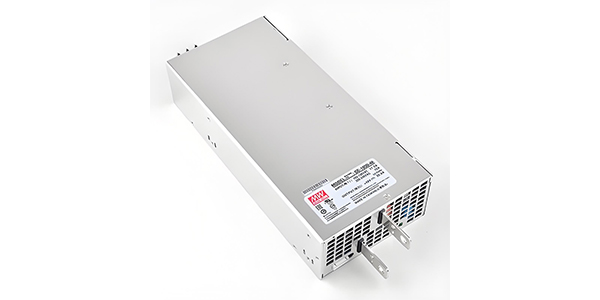
Medical Devices
Used in glucose monitors, heart rate monitors, and portable medical equipment where reliability is paramount.
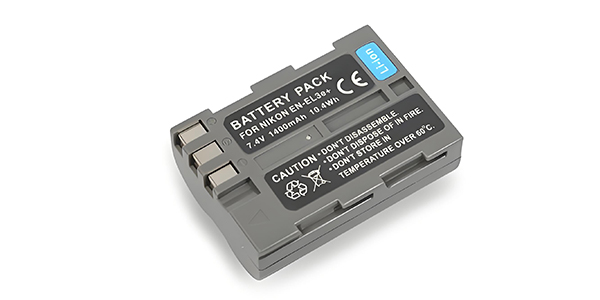
Photographic Equipment
Power meters, light meters, and small digital cameras benefit from their stable voltage and compact size.
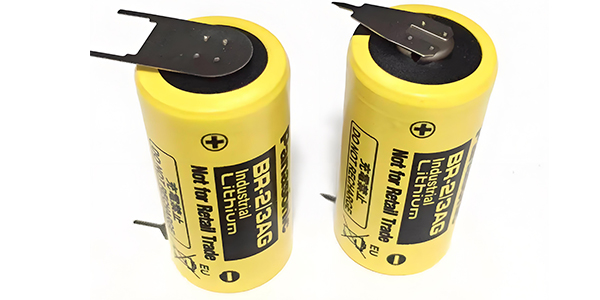
Precision Instruments
Scientific calculators, measuring devices, and small electronic equipment requiring consistent power.
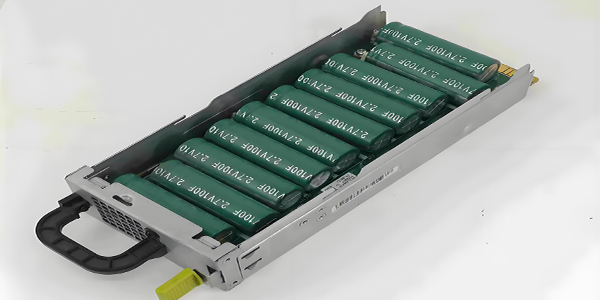
Specialized Applications
Military equipment, aerospace devices, and emergency beacons where reliability in extreme conditions is critical.
Environmental Considerations and Recycling
Zinc-silver oxide battery systems contain silver, a valuable metal that creates both economic and environmental incentives for recycling. While silver is not considered highly toxic compared to mercury or cadmium, improper disposal can still contribute to environmental contamination.
Modern silver oxide batteries contain significantly less mercury than older designs, often below 0.0005% by weight, making them more environmentally friendly than their mercury-based predecessors. However, they still require proper disposal due to their heavy metal content.
Recycling programs for these battery systems typically involve:
- Collection and sorting of used batteries
- Smelting or chemical processing to recover silver
- Recovery of zinc and other metals
- Proper treatment of electrolytes and other materials
The high value of silver makes recycling economically viable, and many regions have established collection programs specifically for these and other small battery systems containing precious metals.
Future Developments and Market Position
Zinc-silver oxide battery systems maintain a strong position in the market for specialized applications despite competition from other technologies. Their unique combination of properties continues to make them irreplaceable in certain devices where performance cannot be compromised.
Recent developments in these battery systems focus on:
- Reducing or eliminating mercury content entirely
- Improving energy density through electrode design innovations
- Enhancing performance at extreme temperature ranges
- Developing more cost-effective manufacturing processes
- Creating hybrid systems that combine the advantages of silver oxide with other chemistries
While lithium-based battery systems have captured many markets, zinc-silver oxide batteries continue to thrive in applications where their specific advantages—stable voltage, long shelf life, and reliable performance in small packages—remain crucial. As miniaturization of electronic devices continues, these batteries are likely to maintain their importance in the broader landscape of battery systems technology.